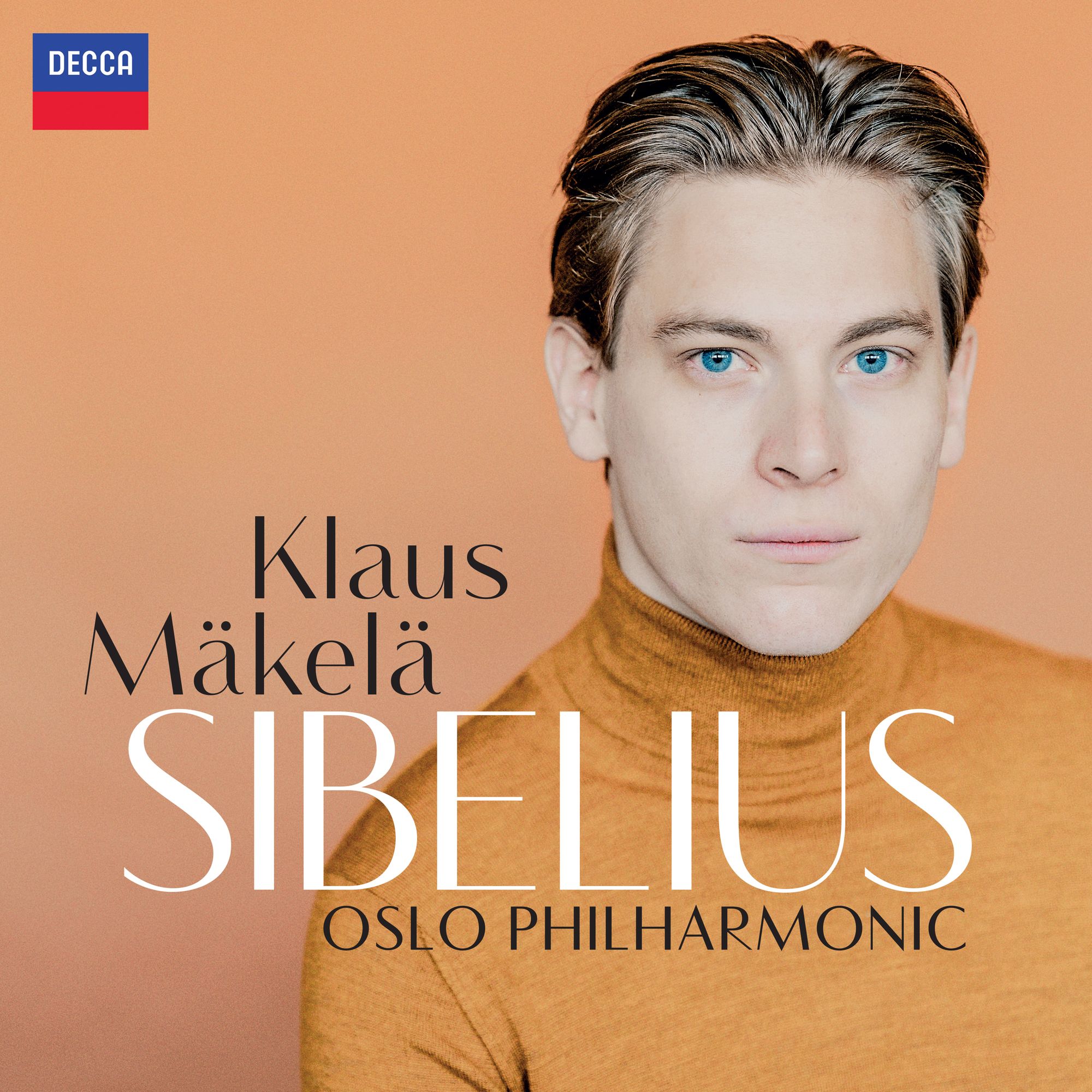Sibelius: Complete Symphonies (Mäkelä)

This is Classical Explorer's second complete cycle of Sibelius Symphonies - the first was Osmo Vänskä and the Minnesota Orchestra on BIS.
Klaus Mäkelä's Sibelius is characterised by its intelligence and its clarity, two qualities that work in tandem with Sibelius’ core qualities of structural rigour and craggy expression. This cycle was originally intended as an offshoot of a nine-month exploration of teh Sibelius symphonies to mark Mäkelä's inaugural season with teh Oslo Philharmonic. Unfortunately, covid intervened and it became a recording project only.
As a freelance cellist guesting in Helsinki’s symphony orchestras, Mäkelä experienced Finland’s Sibelius tradition first-hand.
‘I have great admiration for those colleagues who performed cycles before me and I learned precious lessons from those I played under,’ the conductor says.
Mäkelä studied conducting at the Sibelius Academy with Jorma Panula and cello with Marko Ylönen, Timo Hanhinen and Hannu Kiiski. In addition to his work as Chief Conductor of the Oslo Philharmonic, he is Music Director of the Orchestra de Paris and Artistic Director of the Turku Music Festival. As a guest conductor Mäkelä appears this season with orchestras including the Chicago Symphony, Cleveland Orchestra, Concertgebouworkest, London Philharmonic, Symphonieorchester des Bayerischen Rundfunks and Munich Philharmonic.
As an immediate bonus, here's a complete performance of the Symphony No. 1 with L'Orchestre de la Radio France:
The Decca engineers create miracles with this new set - every detail is audible. Listen to the timpani and clarinet at the opening, for example; or here, to the sheer grit of the Scherzo:

The Second Symphony receives a stunning performance. The timing of the first movement is just right, with a forward-moving pace and carefully carved climaxes:
.. amd Mäkelä's structural ear comes into play in the finale, the arrival of the big brass melody hard-won victorious, uplifting:
When it comes to the Classically-proportioned Third Symphony,with its playful flutes, there is such lightness; the piece suits Mäkelä to a tee. If anything, Mäkelä is lighter than Vänskä's revent BIS performance in the first movement, an account of tremendous discipline, but one that is also deft:
One of Mäkelä's core traits is the lithe and sinewy textures he elicits from the Oslo orchestra. Mäkelä is a little more serious in the symphony's second movement than Vänskä - the stately dance is there, but more in the background. so that when Sibelius has the "sun come out" towards the end of the movement in a luminous harmonic arrival, it makes all the more impact:
The third movement (the finale) has a terrific sense of momentum to it,
One advantage of presenting the symphonies in chronological order, and the third and Fourth Symphonies on one disc, is that one can really feel the difference between the two symphonies. The spare textures of the Fourth, the sheer gravity of that opening statement, are all emphasised by context as well as brilliantly delivered in performance:
It's the sheer drama of Mäkelä's second movement that works for me:
One does continuously feel that in Mäkelä’s hands, one is with the safest of guides. The expansive third movement is perilous terrain but speaks naturally, and yet no less powerfully. Typically, Sibelius provides no frivolous finale but a finely sculpted statement that here is, in keeping with the symphony’s ethos, often deeply enigmatic. Mäkelä is remarkable here, the rhythmic pulse generating a real sense of mystery that can expand at any moment:

We enter more famliar territory with the Fifth Symphony. The slow, natural unfolding of the first movement is remarkable:
Mäkelä's Sibelius buzzes with energy, and he always keeps the trajectory firmly in view. The finale shows exactly how effective this approach can be, the ending, with Thor's hammer swinging on the horns, firmly in view from the movement's outset:
Mäkelä persuades us, rightly, that the Sixth Symphony is a masterpiece and if pressed it is this performance I would highlight as the set’s crown jewel. The deft touch in the first movement works beautifully, themes nudged into existence, imitation playful and yet, behind it all, are destabilising harmonies that remind us of Sibelius' essential melancholy:
The terse penultimate movement is performed with coiled-spring rhythmic point.
The final CD comprises the final symphony, No. 7, plus Tapiola and Three Late Fragments (this last reconstructed by Timo Virtonen). It is Mäkelä's ability to see the long range that allows the opening Adagio of the Seventh to succeed. He keeps textures lithe even at climaxes, which seems to add rather than detract from their power:
The orchestral mastery of the third movement shows just how tight and excellent an ensemble the Oslo Philharmonic can be:
Th enigmatic tone-poem Tapiola fascinates from first to last here, a brilliant exposition fo late Sibelius, uncompromising, craggy, The title refers to that repository of Finnish folk legend, the Kalevala. Tapio (Tapiola means “Realm of Tapio”) is a forest sprite, and Sibelius takes us into the world of the ancient. Yet his methodologies are modern: hyper-tight thematic writing; pared-down, expert orchestration:
Mäkelä's close positively glows. One of the most fascinating musico-critical excursions with Tapiola as root is, incidentally, Daniel M. Grimley's essay on what he cals “ecocritiism” and “ecomusicology” in Music, Language, Landscape: Listening to Sibelius’ ‘Tapiola’ in the Journal of the American Musicological Society.
The Three Late Fragments (reconstructed Timo Verhanen) may or may not have been intended for an Eighth Symphony that was not to be. They were discovered among the composer's late manuscripts and are tiny (1"41; 0"17; 1"43) but point towards what Andrew Mellor in his excellent booklet notes refers to as an attempt to “pick up some of teh sparse, frayed linguistic threads from Tapiola,” with the intent to “knit them coherently together”.
Andrew Mellor is the perfect choice for commentary - his recent book The Northern Silence - Journeys in Nordic Music (Yale University Press) is a significant addition to the literature on the music of that region.
